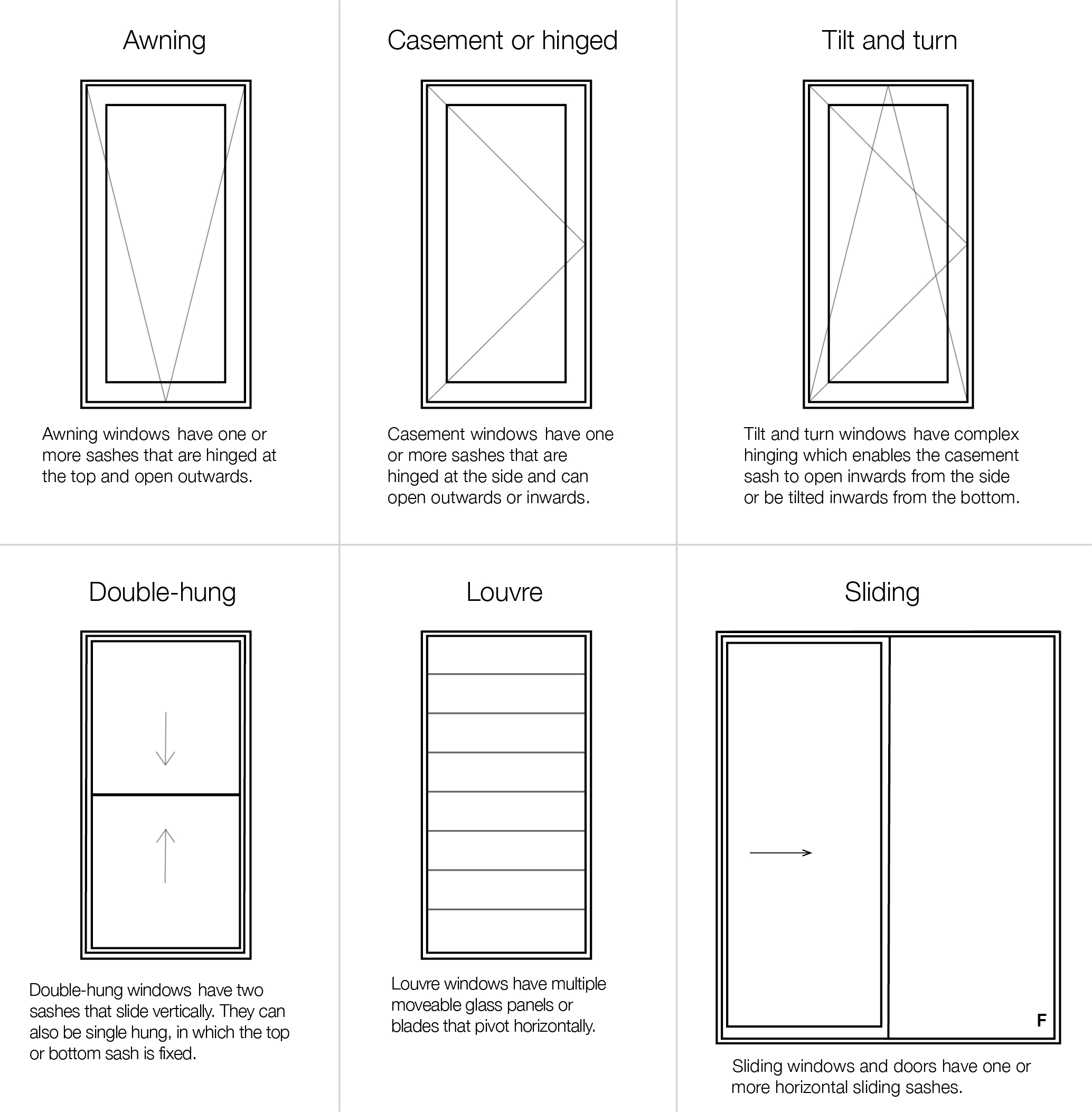All Categories
Featured
Table of Contents
What Are The Advantages Of Double Glazed Windows? in Beldon Western Australia
Laminated glass is typically utilized in locations in the home most prone to injury from human impact such as restrooms, doors, around staircases and in areas near to the floor (it fulfills the requirements of 'shatterproof glass' that is mandated for use in these areas by Australian Standard AS 1288 Glass in structures).
Toughened glass has been 'tempered' by being reheated and rapidly cooled once again. This process makes it much more powerful than basic glass it can resist higher effect loads prior to breaking. It also makes it more secure since, when it does shatter, it gets into many little cubic pieces rather than hazardous fragments.
Keep Cool This Summer Without Overusing Your Aircon. in Rockingham Perth
However, toughened glass has no thermal or acoustic advantages over other glass of the same toning or density. Secondary glazing is where single-glazed windows are retrofitted with a transparent acrylic or glass sheet connected to the within of the frame or openable sash with a secondary frame or with magnetic strips.


Secondary glazing will not carry out as well thermally as a manufactured IGU, considering that it is impossible to completely seal the border, but it can supply good sound control. Window movies are a thin polymer movie consisting of an absorbing dye or reflective metal layer, with an adhesive backing. They stay with your glazing to change its colour or make it reflective.
Which Double Glazed Windows Are Best For Summer? in East Fremantle WA
Applied to existing glass, some window films can halve the general SHGC of the window by absorbing and/or reflecting solar radiation. This can be particularly helpful in hotter environments where cooling is the primary concern, or on east and west elevations directly exposed to long periods of sunshine. Window movies may also lower visible light transmittance.

For this factor, it is normally best to utilize a recognized installer of window film. Frames have a considerable influence on the thermal performance of doors and windows, because energy can be gained and lost through the frame, along with through the glass. Different types of frame will enable different levels of heat gain and loss, so careful choice of frame is essential for efficient passive style.
Twinglaze® Double Glaze Specification Act - Vic in Sorrento WA
Aluminium is likewise an extremely good conductor of heat and will decrease the insulating worth of a glazing system, unless particularly crafted to reduce this. A 'thermally broken' frame is made up of 2 aluminium sections linked by a structural insulator (typically a low-conductivity structural polymer). This 'breaks' the thermal connection through the aluminium and decreases the heat streaming through the frame.
Timber frames are a good natural insulator that can suit some house styles. Timber frames need to be made from types that have naturally high durability or be treated to avoid decay and deformation.
Glass & Glazing - Easy Windows Upvc Double & Triple ... in Kinross Perth
(weather condition stripping) is installed.
u, PVC doors and windows have outstanding thermal efficiency Photo: Ben Wrigley (Light Home Architecture and Science) Composite frames use aluminium profiles on the external sections with either a timber or u, PVC inner section. These integrate the low maintenance and resilience of aluminium with much improved thermal performance.
Table of Contents
Latest Posts
Single, Double Or Secondary Glazing, Which Is The Best ... in Leda WA
Double Glazed Windows Brisbane in Lockridge Western Australia
Double Glazing Vs. Triple Glazing: Which Is Worth It? in Palmyra Perth
More
Latest Posts
Single, Double Or Secondary Glazing, Which Is The Best ... in Leda WA
Double Glazed Windows Brisbane in Lockridge Western Australia
Double Glazing Vs. Triple Glazing: Which Is Worth It? in Palmyra Perth